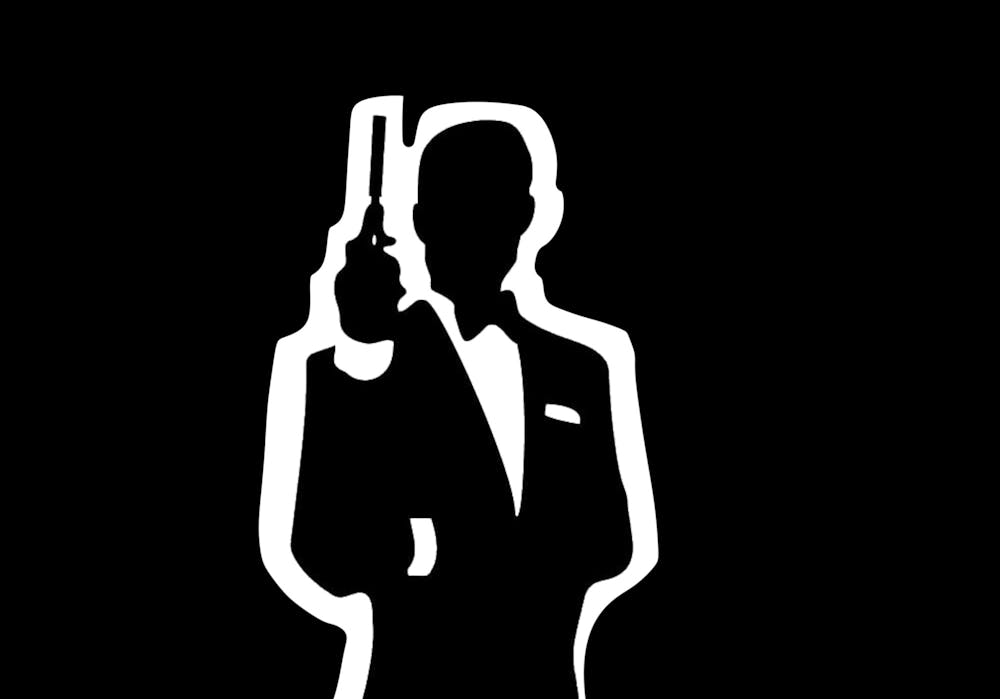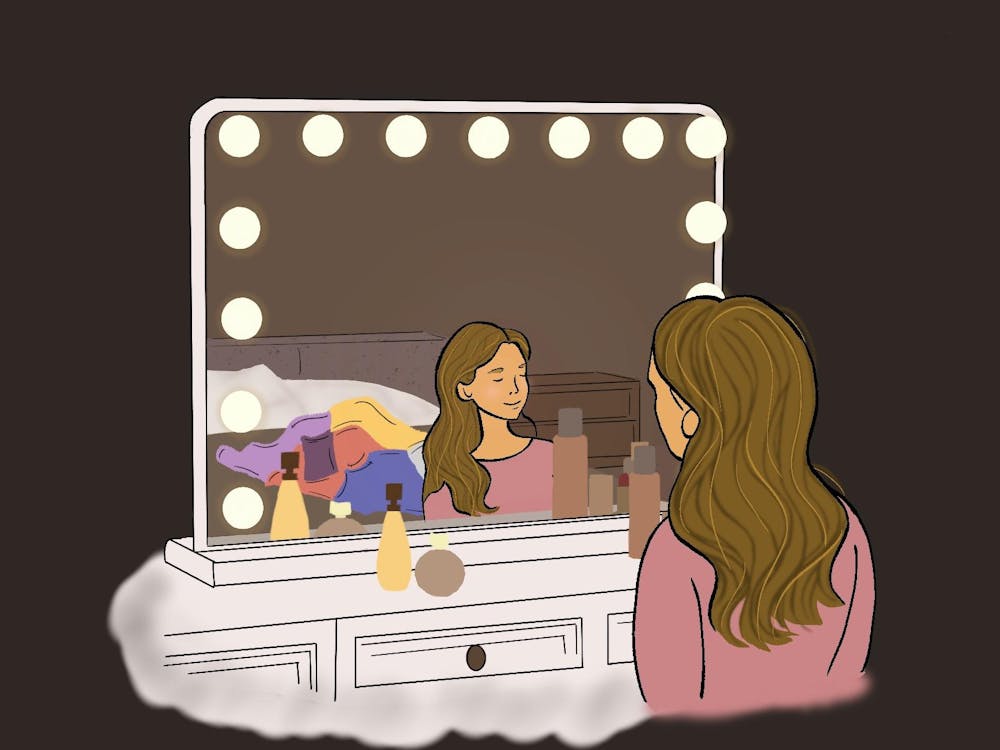Even before the conclusion of Daniel Craig’s run as James Bond with 2021’s “No Time to Die,” there existed much chatter and conspiracy about which actor should follow in his footsteps. This conversation was revitalized in the past few months, catalyzed by the recent rumor that Aaron Taylor-Johnson — a British actor known for “Bullet Train” and “Avengers: Age of Ultron” — has been offered the role.
This speculation has sparked plenty of discourse online. While many fans of Taylor-Johnson are thrilled at the alleged casting choice, others are concerned by the selection of yet another conventionally attractive, white, British male, thereby delaying diversity in the Bond universe for another five or so films.
British author and journalist Ian Fleming initially conceived the character of James Bond in 1953, when he penned the first of twelve novels chronicling the adventures of the superspy. Since then, 007 has appeared in comics, video games and of course, twenty-seven films, with seven — soon to be eight — different actors serving their tenure in the role.
Though plotlines and plot devices have evolved with the times, Bond himself has remained relatively true to his archetype — and, of course, his penchant for dirty martinis and dirtier situations. Sex, violence and debonair are the core values of the Bond character, a paradigm of masculinity and British national identity which Matthew Skwiat, a postdoctoral fellow and Engagement professor at the University, feels has a lot to do with the period in which the character was created.
“I think Bond was coming out of an interesting place historically … and Ian Fleming, who is credited with creating Bond, took some [traditional] ideas, and refashioned them for postwar England,” Skwiat said.
He added that this sense of traditionality has originated many of the stereotypes of Bond — as womanizing and wooden, lacking empathy or even emotion at all — which viewers continue to associate with the character today. These stereotypes are also a reason why many feel the franchise is overdue for a change, with the question of what 007 should look like in 2024 remaining a hotly contested one.
As such, many are questioning whether producer Barbara Broccoli — who has helmed the franchise since Pierce Brosnan and will continue to do so in the post-Craig era — should seek to diversify the role. Should Bond be played by an actor of color? Should 007 be a woman?
Jack Hamilton, associate professor of media studies and American studies, said that the mold from which the Bond archetype has evolved should not have to continue to define the series — there exists no real argument, he said, for why Bond cannot be non-white or non-male.
“There’s a way that these franchises get so stale, and yeah, it would be cool to have a female Bond, but it would also be cool to just create a different character and do something rather than this character that’s been in like 30 movies,” said Hamilton. “There’s only so much you can do with it.”
Notably, the casting and execution of Daniel Craig as James Bond from 2006 to 2021 threw a wrinkle into the archetype that had remained so prevalent within the previous films. In contrast to past 007s, most of whom more closely resemble suave superheroes than real people, Craig gives audiences a Bond that is also deeply human — a man who is fallible, fatalistic and ultimately forgivable, exhibiting emotions and limitations that help audiences not only understand but even connect with him.
In “Casino Royale,” Bond is impulsive and easily swayed by personal interest, and in “Skyfall,” his actions repeatedly expose his limitations — both physical and mental — as a spy and as a man. The emotionless facade so often attributed to and adopted by the character as a form of cool and controlled confidence is instead portrayed throughout the series as a mechanism of coping and defense, which Craig utilizes as he suffers through betrayal and loss.
Skwiat said that adding such emotion and humanity to 007 is a means of complicating the aforementioned stereotypes that previously defined both the character and the franchise.
“[The series] is changing in interesting ways … and I do think that is important. It does change, you know, who watches these and why they’re watching them,” Skwiat said.
First year College student Lucas Stocks said that this change across performers and performances adds excitement to the experience of going to the movies.
“Even when the actor switches, the principles are the same, but each new actor is able to put their own spin on the role,” Stocks said. “I’m definitely excited to see the new movie and if Aaron Taylor-Johnson will bring something different to the series.”
Ultimately, whether brought to the franchise by way of family ties, fervent patriotism or simply a fondness for action flicks, audiences of all ages can enjoy the exploits of espionage presented on the big screen. And whatever the reason and whoever the Bond, there is no doubt that these viewers will continue to return.







